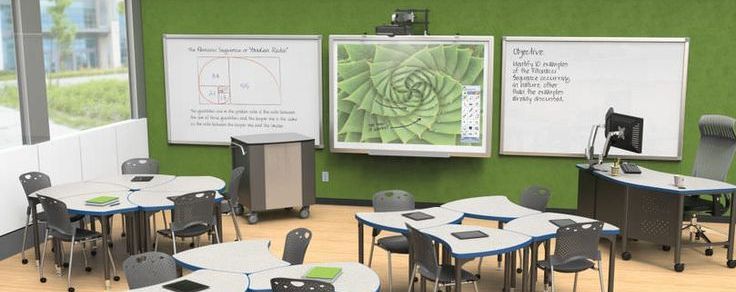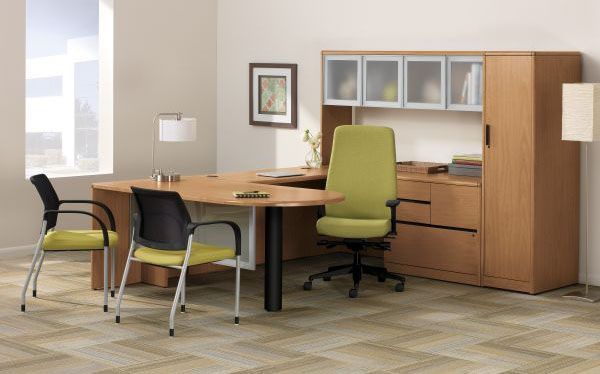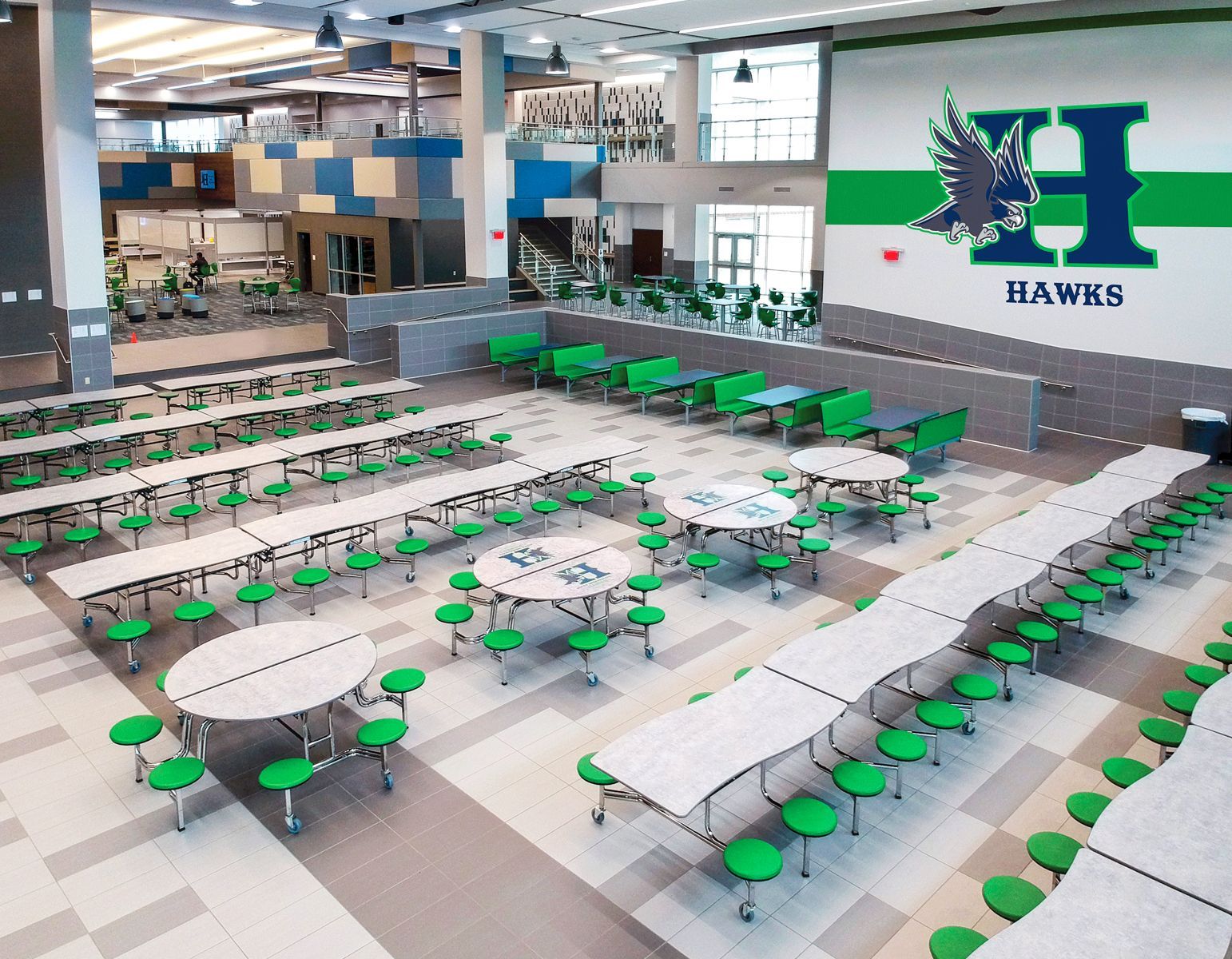5 Important Areas to Consider to Create the Perfect Classroom
Thinking about the perfect classroom? Is it really out there…it might be!

It seems that many in the furniture world think they know what the perfect classroom is. Schools will bring in hired consultants, past teachers or administrators to explain how specific furniture is needed to impact the learning environment. With all the books, consultations, designs, reasons and fluff, learning boils down to one thing…the student. Every student learns differently, every student has a mind of their own and it is the classroom teachers who inspire them, guide them and, hopefully, be able to be the driving force for learning within the environment they are given. These educators are the heroes of today. The ones who can make it work in the learning environment they are given.
With all that said, yes, it is a bonus to be able to outfit a classroom, lab or other space to best meet each student and teacher’s preferred “comfort” to enrich their learning environment but that is a wish list for everyone involved. So, what makes a perfect classroom? Let’s look into it…
Designing the perfect classroom is a blend of creativity, practicality, and understanding the needs of both students and teachers. Here are some key elements:
1. Layout, Furniture & Equipment
- Flexible Seating: Incorporate a mix of chairs, desks, and collaborative tables to support various learning styles and activities.
- Technology Integration: Ensure there are charging stations, interactive whiteboards or projectors to enhance learning with digital tools.
- Storage Solutions: Provide ample storage for supplies, books, and personal items to keep the space organized.
- Comfortable Environment: Use the best furniture available to not only ensure comfort and reduce strain during long learning sessions but quality that stands the test of multiple years of use. Think about multiuse items, floor level and standing levels as well as standard height.
2. Lighting & Ambiance
- Natural Light: Maximize the use of natural light to create a bright and inviting space if possible.
- Adjustable Lighting: Use dimmable lights to adjust the brightness according to different activities and times of day.
- Color Scheme: Choose calming colors like blues and greens to create a relaxed atmosphere conducive to learning.
3. Acoustics
- Soundproofing: Use materials that absorb sound to minimize distractions and create a quiet environment.
- Acoustic Panels: Install panels on walls and ceilings to improve sound quality and reduce noise. There are a lot of good priced items in the market to help with this.
4. Learning Zones
- Individual Work Areas: Designate quiet zones for focused, individual work.
- Collaborative Spaces: Create areas with group seating for collaborative projects and discussions.
- Reading Nooks: Set up cozy, quiet corners with comfortable seating for reading and reflection.
5. Intellectual & Wellness Additions
- Green Spaces: Add plants to improve air quality and create a calming atmosphere.
- Resource Centers: Include a library section with books, resources, and materials relevant to the curriculum for easy access and to encourage positive movement and energy in the classroom
- Interactive Boards: Use whiteboards or corkboards for students to display their work and share ideas.
In the quest to define the perfect classroom, it’s easy to get lost in trends, expert opinions, and design theories. But at the heart of it all is the student—each one a unique individual with their own way of learning. Looking deeply into the 5 key areas will help you wholistically approach your design of each learning environment in your schools.



